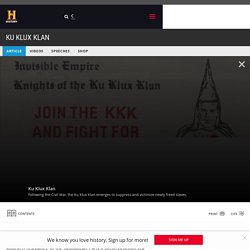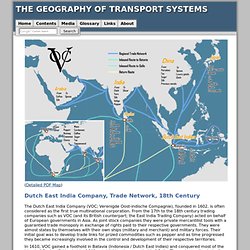

History of Slavery and early colonisation in SA. A slave auction.

Source: ntlworld.com With colonialism, which began in South Africa in 1652, came the Slavery and Forced Labour Model. This was the original model of colonialism brought by the Dutch in 1652, and subsequently exported from the Western Cape to the Afrikaner Republics of the Orange Free State and the Zuid-Afrikaansche Republiek. Many South Africans are the descendents of slaves brought to the Cape Colony from 1653 until 1822. The changes wrought on African societies by the imposition of European colonial rule occurred in quick succession. Initially, a colonial contact was a two-way process. Most importantly, trade with Europeans gave African rulers access to a crucial aspect of European technology, namely firearms. Sadly, the article of trade in which Europeans showed the greatest interest, and which Africans were prepared to sacrifice, were slaves.
The most important consequences of the Atlantic slave trade were demographic, economic, and political. Slavery at the Cape. HISTORY OF SOUTH AFRICA. Ku Klux Klan — History.com Articles, Video, Pictures and Facts. In 1915, white Protestant nativists organized a revival of the Ku Klux Klan near Atlanta, Georgia, inspired by their romantic view of the Old South as well as Thomas Dixon’s 1905 book “The Clansman” and D.W.

Griffith’s 1915 film “Birth of a Nation.” This second generation of the Klan was not only anti-black but also took a stand against Roman Catholics, Jews, foreigners and organized labor. It was fueled by growing hostility to the surge in immigration that America experienced in the early 20th century along with fears of communist revolution akin to the Bolshevik triumph in Russia in 1917. The organization took as its symbol a burning cross and held rallies, parades and marches around the country. At its peak in the 1920s, Klan membership exceeded 4 million people nationwide. The Great Depression in the 1930s depleted the Klan’s membership ranks, and the organization temporarily disbanded in 1944. Broadside. Battle of Trafalgar. The Battle of Trafalgar was fought on the 21st of October 1805 off Cape Trafalgar on the Spanish coast, between the combined fleets of Spain and France and the Royal Navy.
It was the last great sea action of the period and its significance to the outcome of the war in Europe is still debated by historians. The Chase The battle itself was the culmination of a long campaign. After the Treaty of Amiens Europe was at peace for 14 months. Many ships in the Royal Navy were paid off and the British returned to their peace time activities. After an aborted attempt Admiral Villeneuve eventually managed to evade Nelson, blockading him in Toulon, and sailed for the West Indies on March 30th. Nelson discovered that Villeneuve had sailed out of the Med and resumed the chase on the 10th May across the Atlantic to the West Indies. More images from Mike Haywood Villeneuve, unable to reach Ferrol, sailed for Cadiz, but bad weather forced him to to run into Vigo. Dutch East India Company, Trade Network, 18th Century. (Detailed PDF Map) The Dutch East India Company (VOC; Verenigde Oost-indische Compagnie), founded in 1602, is often considered as the first true multinational corporation.

From the 17th to the 18th century trading companies such as VOC (and its British counterpart; the East India Trading Company) acted on behalf of European governments in Asia. As joint stock companies they were private mercantilist tools with a guarantied trade monopoly in exchange of rights paid to their respective governments. They were almost states by themselves with their own ships (military and merchant) and military forces. Their initial goal was to develop trade links for prized commodities such as pepper and as time progressed they became increasingly involved in the control and development of their respective territories. In 1610, VOC gained a foothold in Batavia (Indonesia / Dutch East Indies) and conquered most of the island of Ceylon (Sri Lanka) by 1640, establishing the stronghold of Galle.